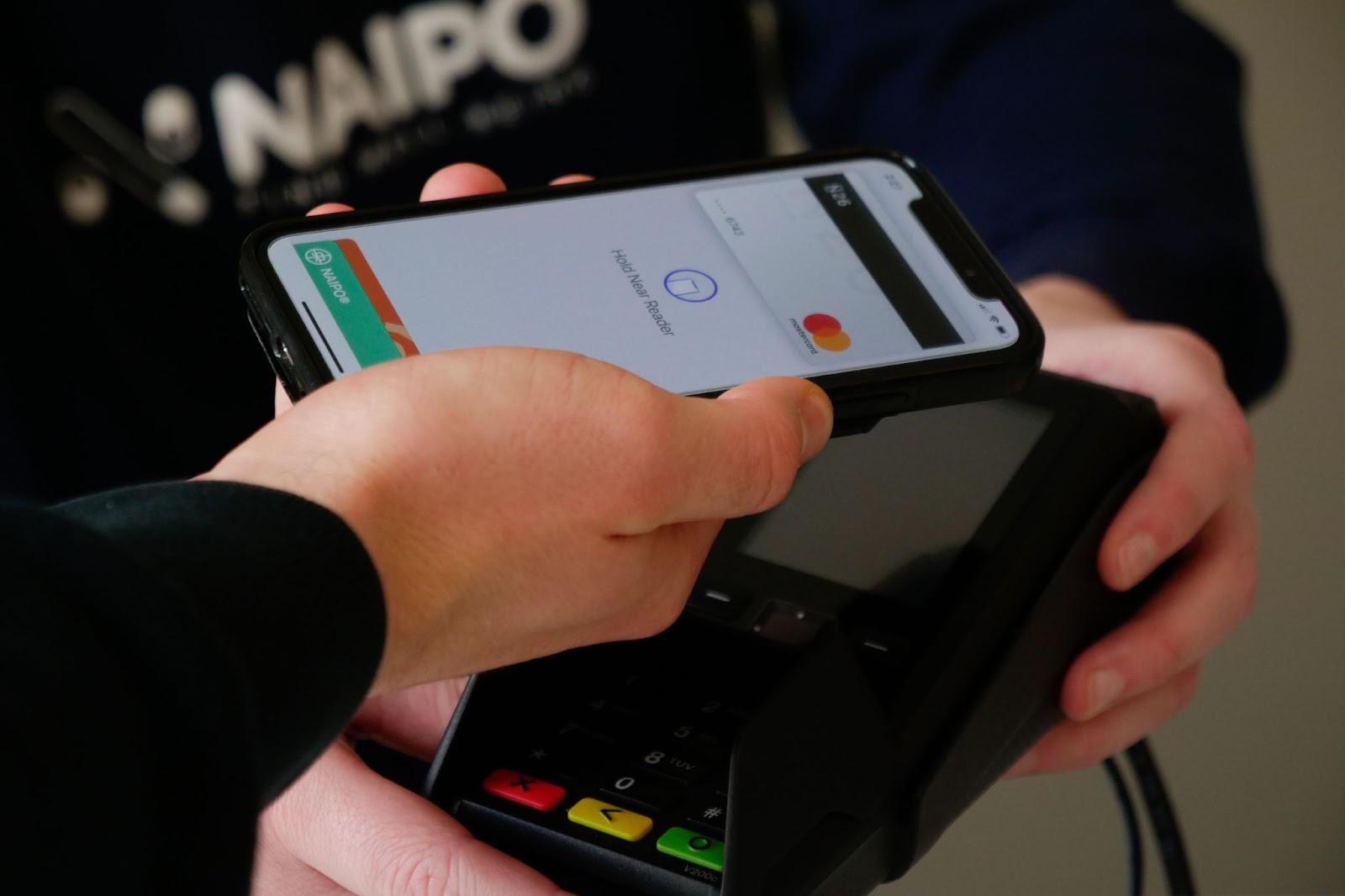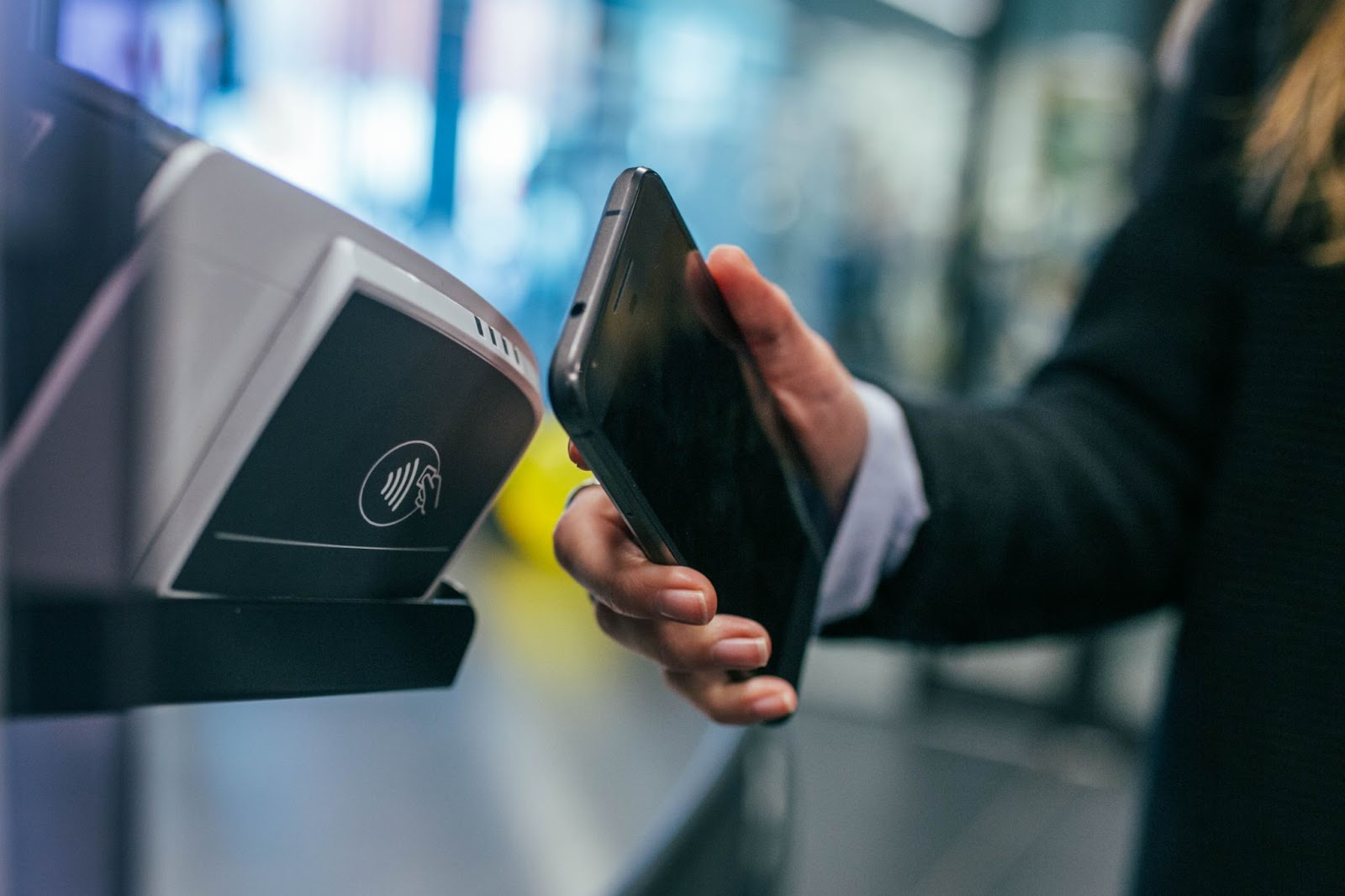Comments
- No comments found

Embedded payments have emerged as a game-changing concept that holds the potential to reshape how we interact with and manage transactions.
Embedded payments, often referred to as integrated or contextual payments, seamlessly blend financial transactions into everyday experiences, from e-commerce platforms to mobile apps. This integration not only streamlines the payment process but also opens up new avenues for businesses to enhance customer engagement and loyalty. In this article, we delve into the depths of embedded payments, exploring their significance, benefits, and challenges.

Embedded payments go beyond the conventional checkout process, transcending the boundaries between the service or product and the payment itself. Traditional payment methods often require users to navigate away from their current context, disrupting the user experience and potentially leading to abandoned transactions. However, with embedded payments, the transaction becomes an integral part of the user journey. Imagine making a hotel reservation and being able to pay for it directly within the booking platform, without being redirected to an external payment gateway. This not only reduces friction but also fosters a sense of continuity, instilling trust and reducing the likelihood of users abandoning their transactions.
The adoption of embedded payments is underpinned by a multitude of benefits for both businesses and consumers. From a business perspective, this approach can significantly streamline operations. By integrating payments directly into their platforms, businesses can automate payment processes, reduce administrative overhead, and minimize the risk of errors associated with manual data entry.
Furthermore, embedded payments enable companies to gather rich transaction data, offering insights into consumer behavior and preferences, which can then be leveraged to tailor offerings and enhance marketing strategies. Incorporating embedded finance into your software platform can emerge as one of the most powerful value drivers for your customers and significantly contribute to your top line. On the consumer front, embedded payments offer unparalleled convenience. With traditional payment methods, users often had to endure the cumbersome process of inputting payment details for every transaction. Embedded payments eliminate this repetitive task by securely storing payment information within the application, allowing for swift and hassle-free transactions. This not only enhances the overall user experience but also fosters customer loyalty. Additionally, the integration of payments into various applications can enable personalized offers, loyalty programs, and seamless upselling opportunities, further engaging customers and enhancing their journey.
While embedded payments hold immense promise, they also come with their fair share of challenges that need to be addressed. Security ranks high among these concerns. Integrating payment functionalities directly within applications requires robust security measures to protect sensitive financial data. Businesses must implement state-of-the-art encryption, authentication protocols, and secure storage mechanisms to prevent data breaches and unauthorized access. A breach in payment information could not only lead to financial losses but also irreparably damage the trust that customers place in the business.
Integration is another hurdle that businesses must overcome. Implementing embedded payments necessitates a cohesive and seamless integration of various systems, including the application itself, payment gateways, and backend databases. Poor integration can lead to technical glitches, slow processing times, and an overall subpar user experience. To navigate these challenges, businesses need to invest in skilled development teams and robust payment infrastructure.
As embedded payments become more prevalent, navigating the complex regulatory landscape becomes paramount. Financial transactions are subject to a multitude of regulations aimed at ensuring consumer protection, preventing money laundering, and maintaining fair competition. Businesses that implement embedded payment solutions must stay vigilant in complying with these regulations, which can vary greatly across different jurisdictions. From Know Your Customer (KYC) and Anti-Money Laundering (AML) regulations to data privacy laws like the General Data Protection Regulation (GDPR), businesses must adopt a proactive approach to ensure that user data and financial transactions are handled in a compliant and secure manner.

A pivotal aspect of embedded payments is the utilization of Application Programming Interfaces (APIs) to seamlessly integrate payment gateways, banking systems, and third-party services. APIs allow businesses to tailor their payment solutions according to their unique requirements, enhancing flexibility and customization. This is particularly advantageous for businesses that want to maintain their brand identity and user experience while seamlessly incorporating payment functionalities. Third-party integrations further amplify the potential of embedded payments by offering a range of value-added services, such as fraud detection, currency conversion, and subscription management. This integration ecosystem empowers businesses to offer holistic solutions that go beyond the transaction itself.
Looking ahead, the scope of embedded payments extends beyond the realms of current applications and platforms. The rise of the Internet of Things (IoT) introduces a new dimension to embedded payments. Imagine a smart refrigerator that not only keeps track of your grocery list but also allows you to reorder items directly from its interface. This interconnected ecosystem presents opportunities for frictionless transactions that are seamlessly integrated into our daily lives. Furthermore, as users engage with services across multiple platforms and devices, the demand for cross-platform integration grows. Businesses that can seamlessly facilitate transactions across various touch points will be at a distinct advantage, providing users with a unified experience and driving higher customer satisfaction.
Embedded payments represent a transformative paradigm in the world of finance and technology. As businesses continue to innovate and adapt to changing consumer expectations, the integration of payments into everyday experiences becomes a cornerstone of success. While challenges such as security, compliance, and integration persist, the potential rewards in terms of efficiency, customer engagement, and future innovations are undeniable. As we journey into a digitally interconnected future, embedded payments stand as a testament to the ever-evolving relationship between technology, commerce, and user experience.
Leave your comments
Post comment as a guest